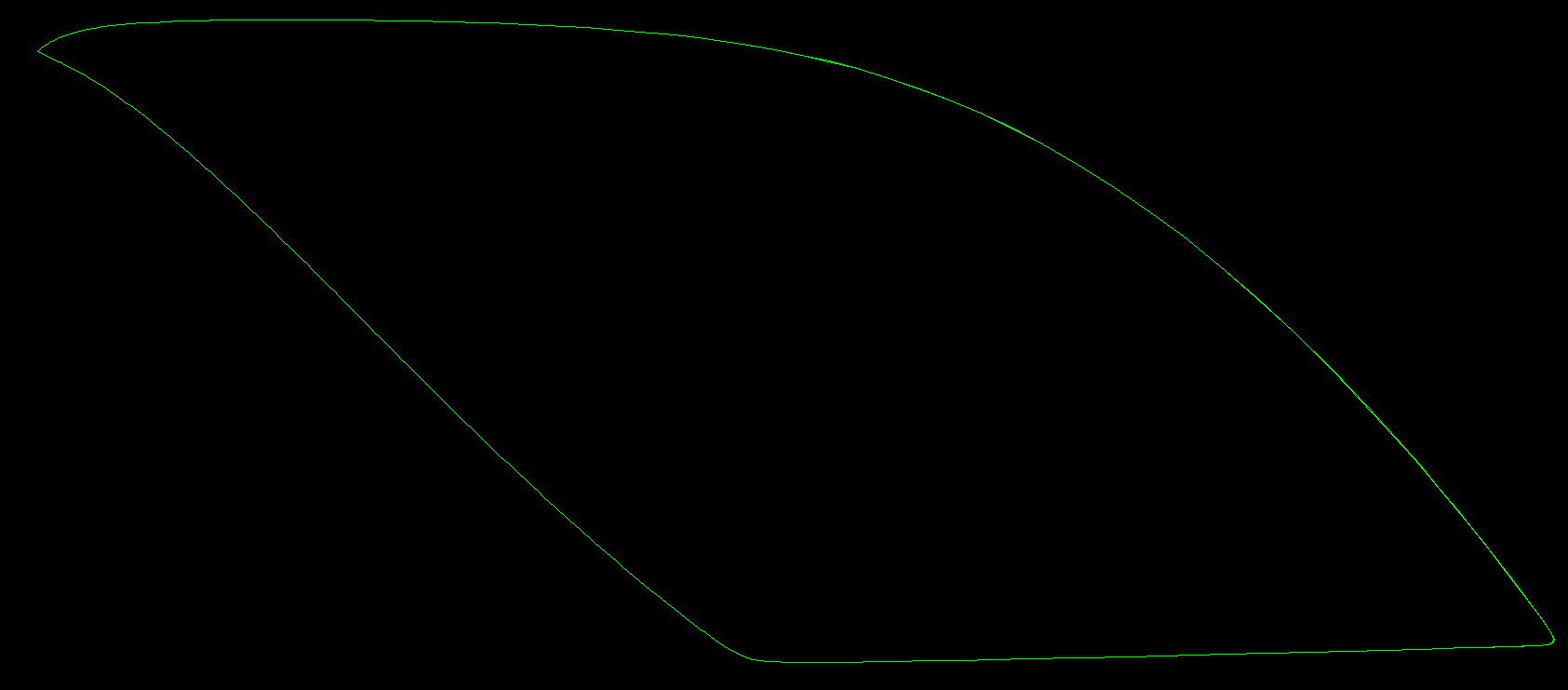This is kind of a follow-up question to Simulation on LTSpice not matching with Calculations at Q-point , which I had asked previously. Here is the circuit again:
The new components added are \$R9=94\Omega\$ and \$C5=1.157\mu F\$. This is intended to reduce the emitter-leg resistance in AC analysis in order to increase AC gain to -50, while keeping DC gain to -10, which was previously the requirement. Here are the full details-
- \$V_{in} = 0.6V\$(pk-pk triangular waveform)
- \$f=1.17kHz\$
- DC gain required = -10
- AC gain required = -50
- Potentiometer bias = 60k:40k, in order to bring down the swing to 0.6V pk-pk.
- Quiescent collector current (Q4) = 1mA
According to calculations, in DC, the capacitor serves as an open circuit, so DC gain is effectively \$-\frac{R5}{R6} = -10\$, neglecting internal emitter resistance. For the AC gain, the capacitor acts as a short, and \$Z_{out}\$ sees a parallel resistance in \$94\Omega\$, so the gain is \$-\frac{4.7k}{470||94}\$ which gives me about -50. The capacitance is set to about \$1.15\mu F\$, keeping in mind the frequency, according to \$\frac{1}{2\pi RC}\$. The problem arises when I simulate the circuit:
The gain is about -50, as expected, but \$V_{in}\$ falls to an amplitude of 0.2V, instead of 0.3V, which is quite surprising for me. I don't seem to understand this discrepancy. Have I gone wrong somewhere in taking the values for \$R9\$ and \$C5\$? Can someone please explain?
This problem is resolved by changing the capacitor value and making it a high pass filter. When I try to plot the gain in LTSpice, I witness a surprising amount of non-linearity:
I suspect that this is due to the hysteresis caused. How do I reduce this enormous non-linearity in my circuit gain?
PS: I want to add that by changing the potentiometer bias to 30k:70k, I was able to reduce the non-linearity while maintaining the \$V_{in}\$ at a pk-pk of 6V. But I am lacking in clarity currently, changing the potentiometer bias allows a greater input voltage, which is reduced effectively to 0.3V(amplitude), and allows lesser non-linearity. I'm really confused right here. It would be really helpful if someone would help me out.




